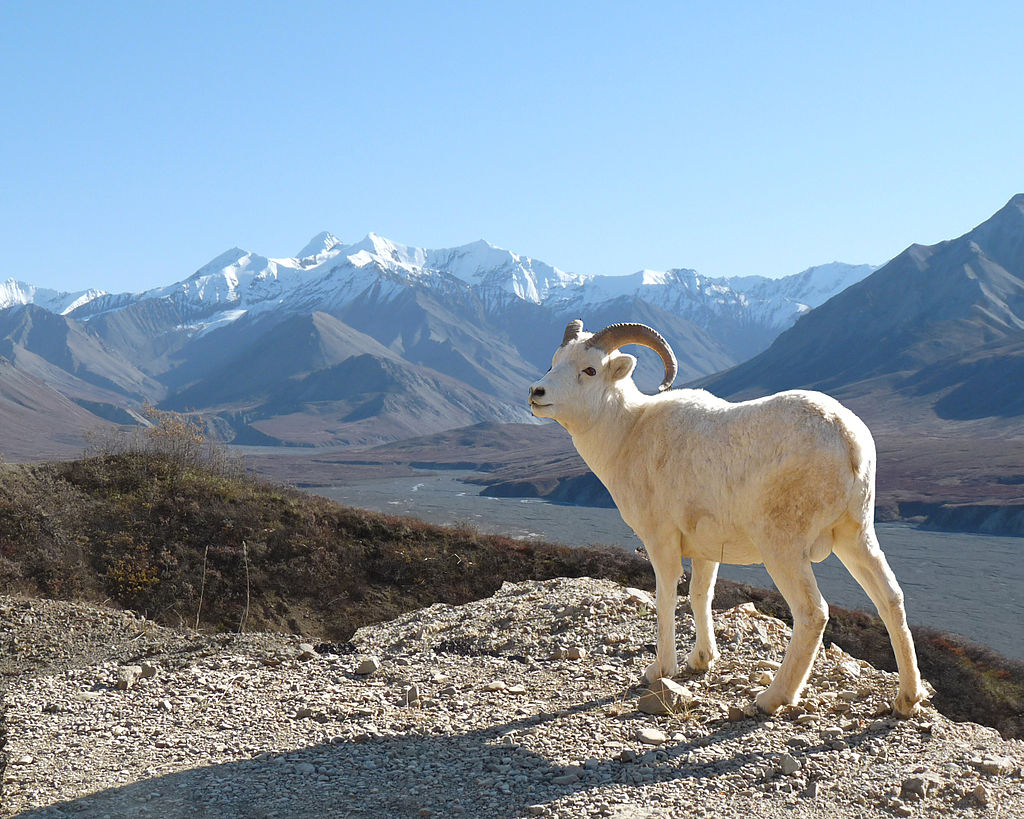
Animal trafficking is the 4th largest illegal market in the world, raking in $20 billion dollars a year.
You may think of the illegal animal market is far from home, but reports show that business is alive and well in Canada. From bear genitals to eel meat, the government has seized more than 4,000 animals and animal parts since 2011.
The animal contraband comes from both outside and inside Canada.
Exotic Animals Coming In
Exotic animals, like parrots and tigers, are often bred within Canada. Other times, people steal animals from their natural habitats and smuggle them across borders.
A pet store in Sudbury Ontario called “Northern Exotics” is famous for their “breeding room”. They charge visitors cover to see various exotic species including corn snakes and squirrel monkeys, all bred in store. They even host birthday parties there. The store accepts animals from the public with a no questions asked policy, so it’s safe to assume most of these animals came to Canada illegally.
In October 2016, police intercepted a transfer from a boat crossing the St. Lawrence River from the U.S. They confiscated 205 live reptiles, including South American red-footed tortoises, a serrated hinge-back tortoise, Chinese striped turtles, African side neck turtles, Jackson’s chameleons and green iguanas. The shipment was intended for pet stores in Canada.
Environment Canada says one man tried to smuggle baby elephants in the back of his car, telling the border agents they were “car parts”.
Finches from Trinidad and Guyana are popular in the Toronto area and are often smuggled inside hair rollers with their beaks taped shut.
One Canadian man thought he could get away with crossing the U.S. border with 51 live turtles taped to his body!
An Edmonton man received a $10,000 fine after he tried to bring a truckload of snakes and scorpions in from the United States. He was also charged $1,400 to cover care for the animals.
Sometimes it’s only animal parts being smuggled. In 2015, police raided a warehouse in Richmond B.C. in a sting operation. The warehouse belonged to a supposed “antiques dealer” and contained illegal items such as ivory, rhino horns, and coral.
Smuggling From Within Canada
Canada is a vast territory filled with wildlife that many people in the world consider exotic. So, it’s no surprise that the market for Canadian animals and animal parts is a lucrative and growing business.
An ex-Mountie from New Brunswick was caught smuggling Narwhal tusks into Maine in 2017. The long spiral-shaped Narwhal tusks are coveted for jewelry making. The tusks were smuggled across the border hidden in secret compartments in the ex-cop’s car.

In some cultures, broth made of the paws, gallbladders or genitals of bears is said to have significant healing properties. A bear gallbladder goes for $10,000 on the black market. There have been multiple incidents of bear trafficking in both British Columbia and New Brunswick. Disturbingly, a grizzly bear was found on the side of a highway in British Columbia missing only its paws in May of this year.

Hunters in Northern British Columbia often cross the border into the Yukon to illegally hunt for the large and majestic Dall’s Sheep. The hunters will then take the sheep home with them and claim B.C. as the province of origin. This practice jeopardizes any accurate monitoring of the sheep population.
Why do people do it?
Sometimes smugglers are animal enthusiasts who can’t be bothered to fill out the proper paperwork. Most of the time smugglers have a lot to gain. Even when facing the risk of punishment or the death of animals in the process, it’s usually worth it for the profit. When a Quebec man and a taxidermy company were caught illegally exporting polar bear pelts in May 2018, both parties were fined $5,000. Meanwhile, the pelts were worth between $16,000 and $35,000 each.
What are the consequences?
For the smugglers who get caught, the punishment ranges from minor to severe. The trafficking of bear parts is six-months in jail and/or $250,000.
Two British Columbia men accused of illegally hunting a Dall’s Sheep in the Yukon were convicted 13 years later when prosecutors used the hunters’ own photos against them. They were charged $7,500 each, and forced to hand over the trophy mount of the sheep.
Besides punishment for the perpetrators, animal trafficking can have long-lasting effects on the environment and wildlife. Foreign animals brought into the country can bring communicable diseases with them. Sometimes foreign animals released to the wild become invasive species.
Illegal poaching puts endangered and vulnerable species at risk such as the polar bear and spotted turtle. The competition that comes with illegal big game hunting is another concern when it comes to conservation.
What is being done to stop it?
Environment Canada, The Canadian Food Inspection Agency and the Canadian Border Services Agency work together to battle illegal animal trafficking. Environment Canada deals with conservation issues such as overhunting and removal from habitats. The Food Inspection Agency has jurisdiction over the treatment and health of animals, (even those that aren’t generally thought of as food). Border Services, of course, is in charge of imports and exports, declarations and suspicious border activity.
For the sake of the animals and our ecosystem, the fight to end animal trafficking continues.
